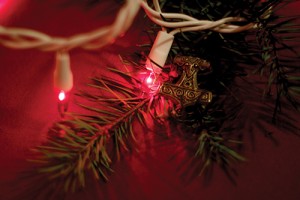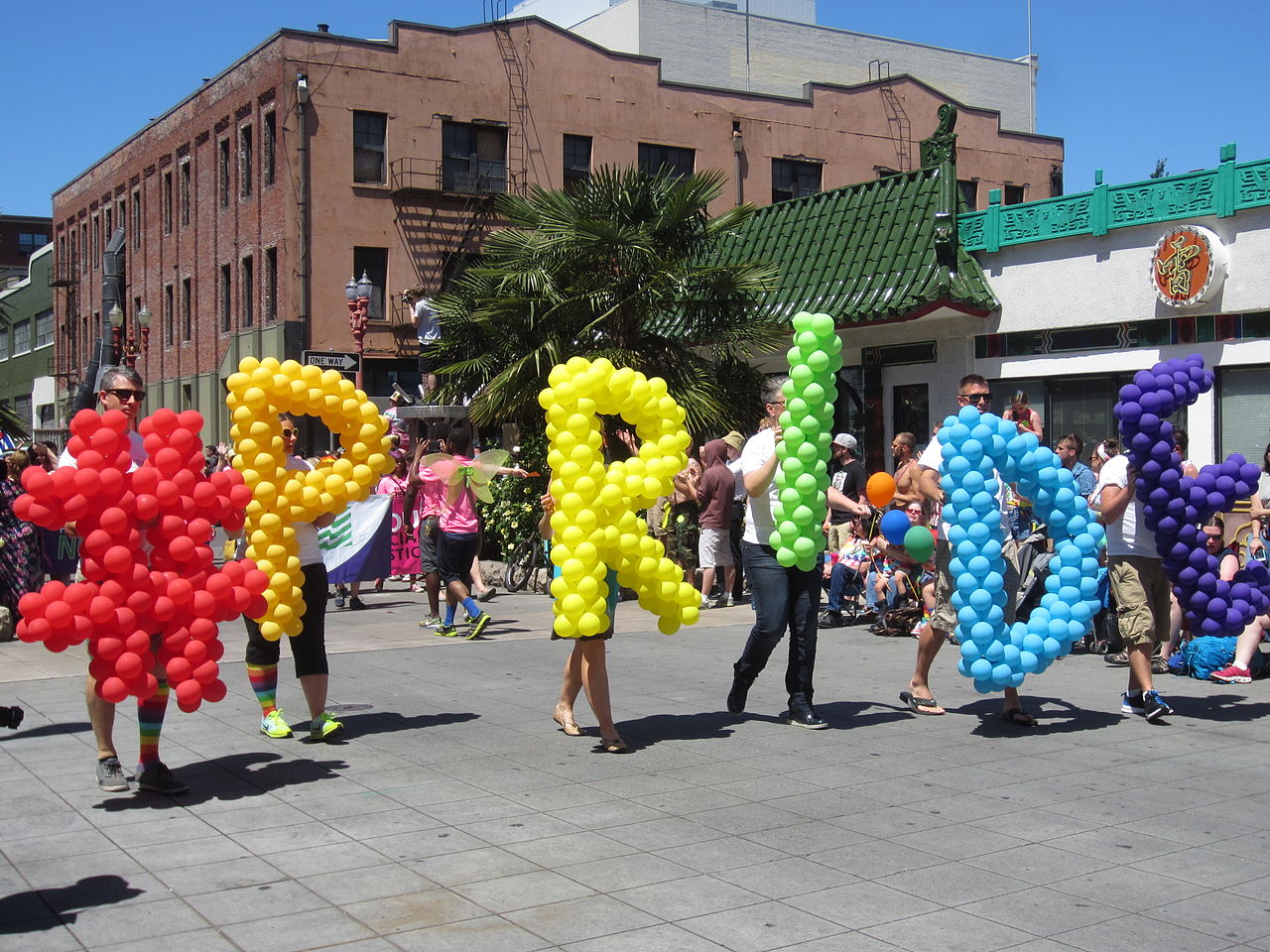Some of the most celebrated holidays in our culture come from bizarre and forgotten origins. This is the second installment of a three-part series that sheds light on some of the expectations created around our mainstream holidays.
Peculiar holidays: part 2
Some of the most celebrated holidays in our culture come from bizarre and forgotten origins. This is the second installment of a three-part series that sheds light on some of the expectations created around our mainstream holidays.
* * *
Christmas, derived, unsurprisingly, from “Christ’s mass,” is the celebration associated with the birth of Jesus Christ. It’s also a holiday that is so prevalent in our society it permeates throughout secular culture as well.
There are always a few squabbles that pop up around this time of year, ranging from condemning consumerism with the “true meaning” of Christmas, to whether non-Christians should be saying “Merry Christmas.” or “Happy Holidays”
It’s always interesting that many of those who feel strongly about Christmas don’t know the evolution of holidays like it.
Christmas started several hundred years after the birth of Christ. Sometime during the fourth century, Pope Julius I chose Dec. 25 as the official date for recognizing the Feast of the Nativity. The Bible doesn’t actually give a specific time of year for when the birth of Christ took place. However, a verse about shepherds herding livestock have led many historians to believe it was sometime in the spring, not the winter.
As it happened, Pope Julius I set this random December celebration rather closely to the then-popular Roman holiday of Saturnalia. In honor of the god Saturn, Saturnalia involved gift-giving, visiting friends and festivals of drunken merriment. Of course, none of the traditions of the pagan holiday had anything to do with the religious holiday we have today. The parallels between Saturnalia and Christmas, such as the presents, spending time with those we love and engaging in jolly parties, are clearly coincidence.
Christmas also wasn’t very popular in early American history. It was considered too rowdy and was actually outlawed in Boston. From 1659 to 1681, it was illegal to blatantly get into the spirit of the holiday.
Decorations for Christmas even have strange origins.
Christmas trees can be traced back to pagan tree worship: they used the trees to scare away evil, sometimes putting a Yule tree inside their living spaces. The current Christmas tree is easily traceable to Germany. In the 16th century, Germans celebrated the “paradise tree” of Adam and Eve by hanging candles and cookies cut into different shapes on Christmas Eve. The tradition didn’t become popular in America until the 19th century.
Mistletoe is another strange tradition based on Celtic legend. Though it was believed to increase fertility, the translation of the plant’s name is “dung twig,” thanks to its ever-so-romantic tendency to spread through bird feces. It wasn’t until the sexually repressed Victorian era that kissing underneath it became popular.
Even some of the most influential children’s stories revolving around Christmas have less-than-holy roots. Rudolph the Red-Nosed Reindeer started out in 1939 as an advertisement for the now-defunct department store Montgomery Ward.
Frosty the Snowman’s image was also created as an advertisement. Instead of a department store gimmick, however, Frosty’s image was created by a whiskey maker in 1890. After Prohibition ended, Frosty came back into popularity as a corncob-smoking poster boy for companies like Miller, Jack Daniel’s and Chivas Regal scotch.
The most iconic character in today’s Christmas is Santa Claus, a figure based loosely on a fourth-century bishop named Nicholas. St. Nick lived close to the Mediterranean Sea, in an area that is mostly Muslim today. The legends surrounding this person vary from a hero who saved children who were about to be butchered to a nice man handing out dowry money to little girls.
Frankly, our modern-day version of an old man watching us to see if we’re naughty is only mildly creepy after such macabre tales.
Regardless of who the man actually was, the jovial and obese image of Santa Claus is due, by and large, to Washington Irving (who’s also responsible for the Headless Horseman). In 1819, Irving described a soaring wagon in the sky in a short story—a story that even Charles Dickens credited as inspiration for his own A Christmas Carol.
The continuously changing nature of our most widespread holidays sheds light on how silly it can be to worry about what they are and aren’t about. Holidays are a reflection of the culture they come from, and the Christmas we have today isn’t likely to be the Christmas we’ll have in even a few decades.
On that note, have a happy holiday.









